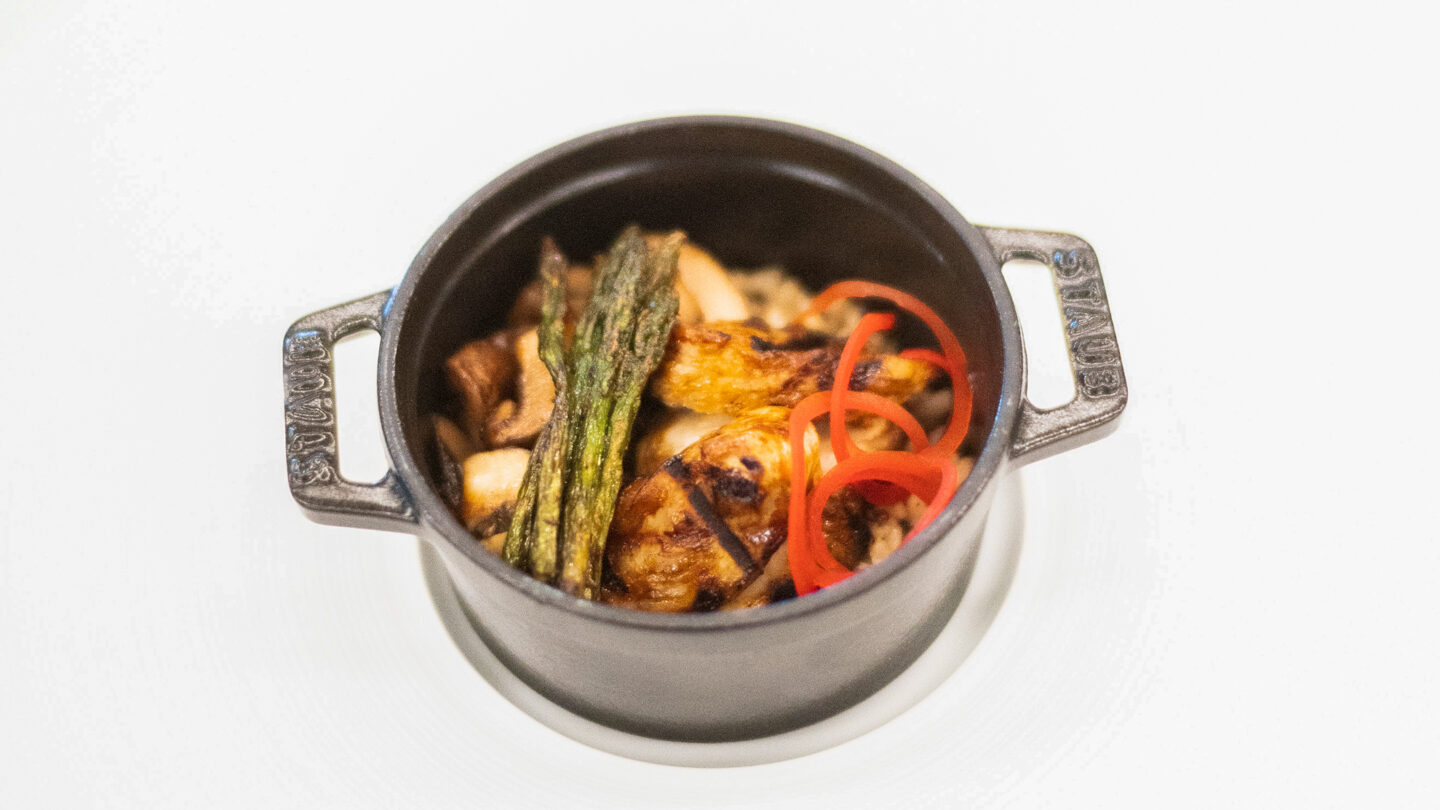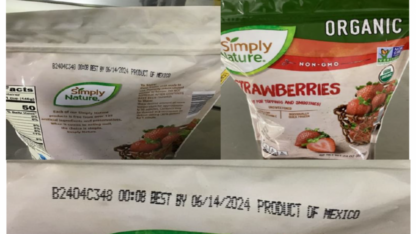GOOD Meat, a company that grows chicken and other meat from animal cells without slaughtering animals, has cleared a significant Food and Drug Administration safety hurdle. The clearance brings the company one step closer to selling its products in the U.S.
The regulatory agency issued a “no questions” letter as part of its pre-market consultation, which means the agency agrees with the company’s conclusion that its cultivated chicken is safe to consume.
Now, the company must obtain a grant of inspection from the U.S. Department of Agriculture to operate its production facility in Alameda, Calif. “We are working with the USDA to clear that last hurdle,” GOOD Meat CEO Josh Tetrick told NPR by text.
The company says celebrity chef José Andrés has agreed to offer GOOD Meat’s chicken to his customers at his restaurant in Washington, D.C. “It’s going to be something when it lands in his restaurants,” Tetrick said.
GOOD Meats has been selling its chicken in Singapore since 2020, but so far there are no foods made from cultured animal cells on the market in the U.S. As more than 80 companies stake a future in the space, the USDA and FDA have been working together on regulatory oversight to make sure that cultivated meats entering the U.S. market are safe and properly labeled.
“Today’s news is more than just another regulatory decision — it’s food system transformation in action,” says Bruce Friedrich, president and founder of the Good Food Institute, a non-profit think tank that focuses on alternatives to traditional meat production. Friedrich points to the potential environmental benefits of cultivated meat.
“Consumers and future generations deserve the foods they love made more sustainably and in ways that benefit the public good — ways that preserve our land and water, ways that protect our climate and global health,” Friedrich says.
GOOD Meat’s production facility looks like a brewery, filled with big, shiny, stainless-steel tanks. On a recent tour of the facility GOOD Meat scientist Vitor Espirito Santo explains how the meat is grown.
First they extract a bunch of cells from chickens. Then they feed the cells a mix of proteins, fats and carbohydrates — the same things the cells would get if they were in an animal’s body. Then the cells start to proliferate and grow.
“Think about yeast fermentation,” Espirito Santo says. “The processes are the same. We feed them with nutrients, and they will multiply until we tell them to stop,” he says.
The meat grows inside the tanks on trays. After it comes out, it’s molded into shapes such as nuggets or a fillet. After three to four weeks, they’re ready for the grill.
GOOD Meat is the second cultivated meat company to receive FDA clearance.
Last fall, the agency made history when it informed Upside Foods that it agreed with the company’s assessment that its cultivated chicken is safe to eat.
Upside Foods was co-founded by a cardiologist who believes growing meat from cells is a better way to bring meat to the table. During a tour last fall, Dr. Uma Valeti showed NPR’s reporters around the facility, which is full of glass walls, and intended to signal transparency in the process. “To create a paradigm change, people should be able to walk through and see and believe it,” he says.
Upside Foods is also awaiting a mark of inspection from USDA.
Copyright 2023 NPR. To see more, visit https://www.npr.org.
9(MDAxODM0MDY4MDEyMTY4NDA3MzI3YjkzMw004))

9(MDAxODM0MDY4MDEyMTY4NDA3MzI3YjkzMw004))








